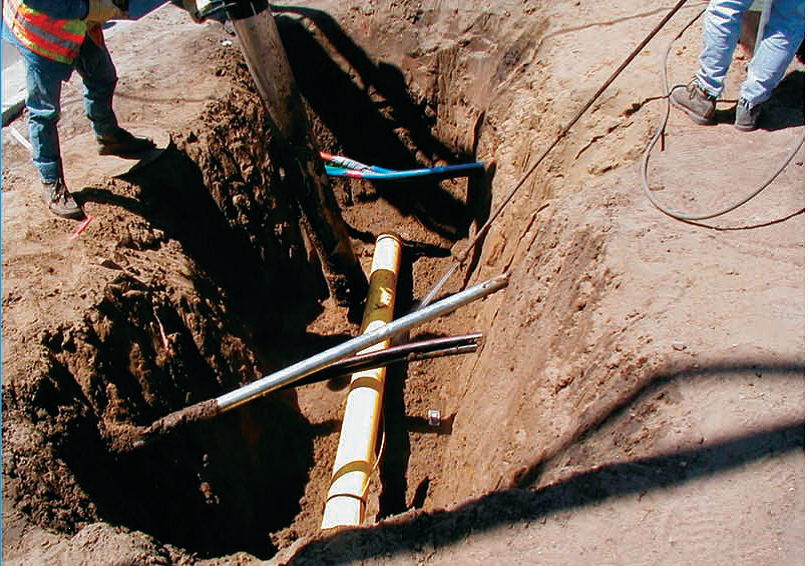Let’s Define Hydro Excavation
Hydro Excavation is an extremely safe and cost effective method of excavation. It uses high pressure water and high displacement vacuums, to safely pulverize and liquefy soil and then remove it by vacuuming into a debris tank. The task is a natural when working in conditions of a danger to damage of underground utilities. Hydro excavation uses high-pressure water to break up the soil, with little risk of utility damage, when using this equipment and technology. Hydro Excavation is often recognized by the more common terms, like vacuum excavation, potholing, day lighting, and hydro-vac excavation.
The history of hydro excavation goes back to late 1960’s in the oil and gas industry of Canada. Due to extremely cold temperatures and permafrost conditions, the oil and gas industry found it far more cost effective to utilize heated water under high-pressure, which would melt the frost in the ground and allow the liquification of soil and removal by vacuuming. This method of excavation and soil removal has provided a higher level of safety for workers, since it becomes a non-destructive removal method. Safety incidents from poorly planned, unsafe mechanical excavations have led to numerous loss of property and loss of life accidents. Hydro excavation reduces the potential for these types of catastrophic events.
Types of Excavation
- Potholing / Day-lighting
- Slot or Line Trenching
- Cold Weather Excavation
- Pit Excavations
- Utilities Identification
- Remote or Hydro Excavation
- CCTV Inspection
- Sanitary and Storm Sewer Cleaning
- Lift Stations
- Catch Basins
- Culverts
- Commercial Drain Cleaning

